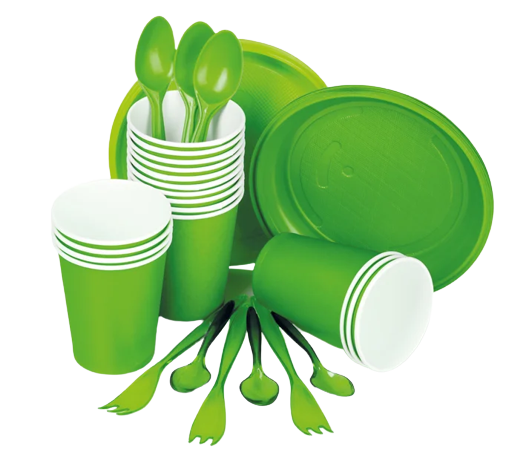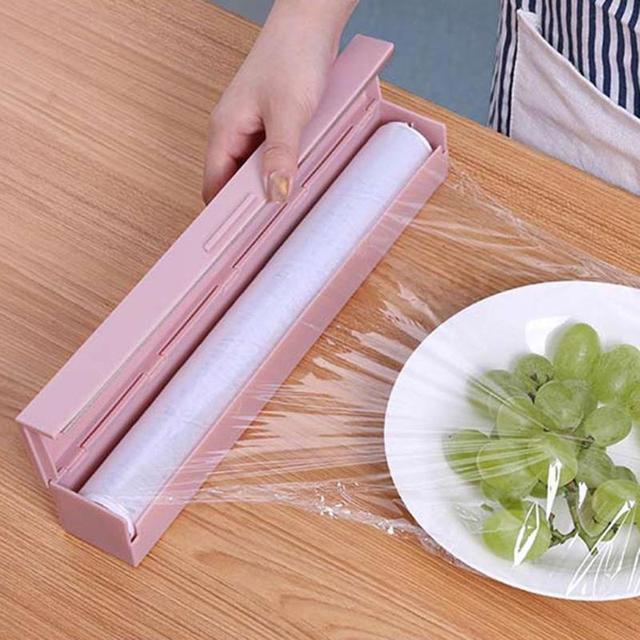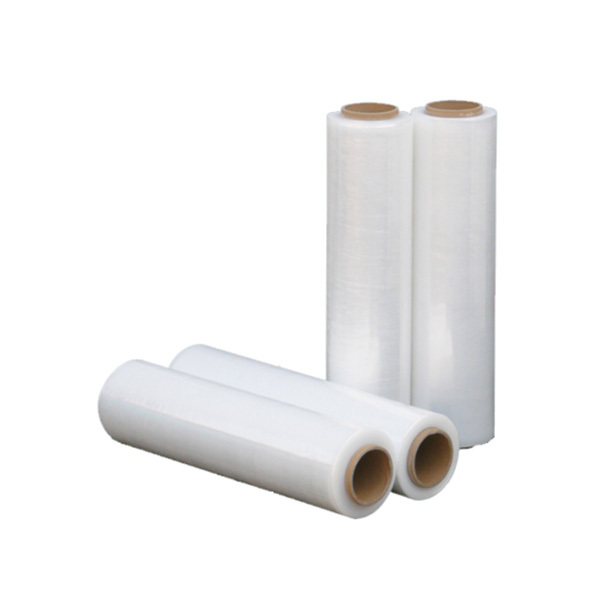BioPlastic bags

BioPlastic bags
 Carbon Footprint: 1 to 4 kilograms per kg*
Carbon Footprint: 1 to 4 kilograms per kg*
 Time to decompose : a few months to a few years
Time to decompose : a few months to a few years
 Recyclability : single use
Recyclability : single use
 Price Range : $ 0.50 to 2.00*
Price Range : $ 0.50 to 2.00*
Key features
| Features | Description |
|---|---|
| Materials | Bioplastic bags are typically made from renewable resources such as corn starch, sugarcane, potato starch, or other plant-based materials. These materials can be sustainably grown and harvested, reducing the reliance on fossil fuels. |
| Biodegradability | One of the key features of bioplastic bags is their ability to biodegrade. They are designed to break down into natural elements like water, carbon dioxide, and biomass under specific conditions, such as in industrial composting facilities. This reduces their impact on the environment compared to traditional plastic bags, which can persist in the environment for hundreds of years. |
| Compostability | Bioplastic bags are often compostable, which means they can be added to organic waste and undergo composting along with other biodegradable materials. Composting allows the bags to break down naturally and become nutrient-rich soil. However, it's important to note that not all bioplastic bags are suitable for home composting, and they require specific conditions found in industrial composting facilities to properly degrade. |
| Emissions | The production of bioplastic bags generally results in lower greenhouse gas emissions compared to traditional plastic bags. This is because the raw materials used in bioplastics are derived from plants, which absorb carbon dioxide from the atmosphere during their growth. |
| Recycling | Some bioplastic bags can be recycled alongside traditional plastic bags, but it depends on the specific type of bioplastic and the recycling facilities available. It's important to follow local recycling guidelines to ensure proper disposal. |
| Strength | Bioplastic bags can have comparable strength and durability to traditional plastic bags. They can withstand typical usage and carry a similar amount of weight. |
| Versatility | Bioplastics can be molded into various shapes and sizes, making them suitable for a wide range of applications, including shopping bags, food packaging, and agricultural films. |
Specification
- Material Composition : Bioplastic bags are typically made from renewable resources such as corn starch, sugarcane, potato starch, or other plant-based materials. The specific composition may vary depending on the type of bioplastic and the manufacturer.
- Biodegradability : Bioplastic bags are designed to biodegrade, breaking down into natural elements like water, carbon dioxide, and biomass under specific conditions. The biodegradation time frame can vary, but industrial composting facilities often provide optimal conditions for biodegradation.
- Compostability : Many bioplastic bags are compostable, meaning they can be added to organic waste and undergo composting along with other biodegradable materials. However, it's important to note that not all bioplastic bags are suitable for home composting and may require specific conditions found in industrial composting facilities.
- Strength and Durability : Bioplastic bags can have comparable strength and durability to traditional plastic bags. They are designed to withstand typical usage and carry a similar amount of weight.
- Size and Shape : Bioplastic bags come in various sizes and shapes to accommodate different applications. They can range from small shopping bags to larger garbage bags or even custom shapes based on specific requirements.
- Thickness : The thickness of bioplastic bags can vary depending on their intended use. Thicker bags may be used for heavy-duty purposes, while thinner bags are suitable for lightweight items. The thickness is typically measured in micrometers (μm) or mils (1 mil = 0.0254 mm).
- Printing and Labeling : Bioplastic bags can be printed with logos, branding, or other information using suitable printing techniques. They can also have labels or markings indicating their biodegradability, compostability, and other relevant certifications.
- Regulatory Compliance : Bioplastic bags may need to meet specific regulatory requirements and certifications depending on the region and the application. Certifications such as compostability standards (e.g., ASTM D6400, EN 13432) or eco-labels may be relevant in ensuring compliance with environmental standards.
- Packaging : Bioplastic bags are typically packaged in rolls, bundles, or individual packaging for easy dispensing and storage. The packaging materials may also be biodegradable or recyclable, aligning with the sustainability goals of bioplastics.
Related Products
FAQ's
- Q1: What are bioplastic bags?
- A1: Bioplastic bags are bags made from renewable resources such as plant-based materials, unlike traditional plastic bags derived from fossil fuels. They are designed to have reduced environmental impact and can biodegrade or compost under specific conditions.
- Q2: Are bioplastic bags completely eco-friendly?
- A2: Bioplastic bags have a lower environmental impact compared to traditional plastic bags, as they are made from renewable resources and can biodegrade. However, their eco-friendliness depends on several factors such as the specific type of bioplastic, disposal methods, and availability of appropriate waste management infrastructure.
- Q3: How do bioplastic bags biodegrade?
- A3: Bioplastic bags are designed to biodegrade, breaking down into natural elements like water, carbon dioxide, and biomass. The exact biodegradation process depends on the specific type of bioplastic and the conditions it is exposed to. Industrial composting facilities provide the optimal conditions for bioplastic bag biodegradation.
- Q4: Can bioplastic bags be recycled?
- A4: Some types of bioplastic bags can be recycled alongside traditional plastic bags, but it depends on the specific composition and local recycling capabilities. It's essential to follow local recycling guidelines and check if the recycling facilities in your area accept bioplastics.
- Q5: Can bioplastic bags be used multiple times?
- A5: Bioplastic bags can be used multiple times, similar to traditional plastic bags. However, their durability and reusability may vary depending on the specific type of bioplastic and the manufacturing process. It's important to handle them with care and avoid excessive stress to prolong their lifespan.
- Q6: Can bioplastic bags be used for food packaging?
- A6: Yes, bioplastic bags can be used for food packaging. However, it's important to ensure that the specific type of bioplastic used in the bags is approved for food contact and meets the necessary safety standards.
- Q7: Are bioplastic bags cost-effective?
- A7: Bioplastic bags can be more expensive to produce compared to traditional plastic bags, primarily due to the cost of raw materials and manufacturing processes. However, the cost of bioplastics is subject to change as technologies advance and production scales up.
- Q8: Are all bioplastics compostable?
- A8: No, not all bioplastics are compostable. Some bioplastics are designed to be durable and have properties similar to traditional plastics, while others are specifically formulated to be compostable or biodegradable. It's important to check the labeling or product specifications to determine if a specific bioplastic bag is compostable.
- Q9: Are bioplastic bags suitable for home composting?
- A9: While some bioplastic bags are suitable for home composting, others require the controlled conditions found in industrial composting facilities. It's important to check the bag's packaging or consult the manufacturer's instructions to determine the appropriate disposal method.
- Q10: Can bioplastic bags replace traditional plastic bags entirely?
- A10: Bioplastic bags have the potential to reduce the environmental impact of plastic bags. However, a complete replacement of traditional plastic bags requires a comprehensive approach that includes reducing overall plastic consumption, promoting reusable alternatives, improving waste management systems, and advancing sustainable packaging solutions.








